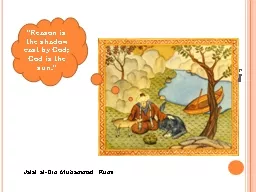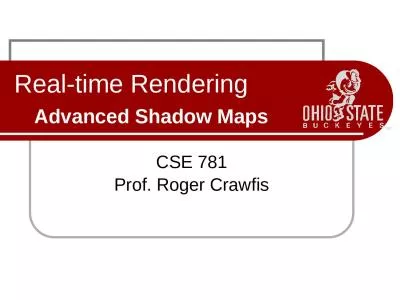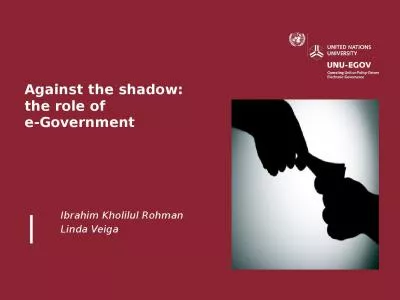PPT-“Reason is the shadow cast by God; God is the sun.”
Author : debby-jeon | Published Date : 2018-09-24
Jalal alDin Muhammad Rumi E Napp The Birth of Islam The central region of the Arabian Peninsula has long been inhabited by nomadic Arabs known as Bedouins Fiercely
Presentation Embed Code
Download Presentation
Download Presentation The PPT/PDF document "“Reason is the shadow cast by God; God..." is the property of its rightful owner. Permission is granted to download and print the materials on this website for personal, non-commercial use only, and to display it on your personal computer provided you do not modify the materials and that you retain all copyright notices contained in the materials. By downloading content from our website, you accept the terms of this agreement.
“Reason is the shadow cast by God; God is the sun.”: Transcript
Download Rules Of Document
"“Reason is the shadow cast by God; God is the sun.”"The content belongs to its owner. You may download and print it for personal use, without modification, and keep all copyright notices. By downloading, you agree to these terms.
Related Documents














